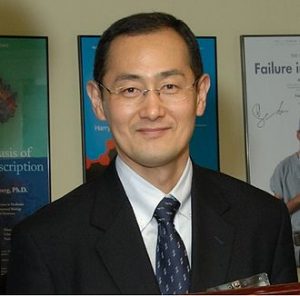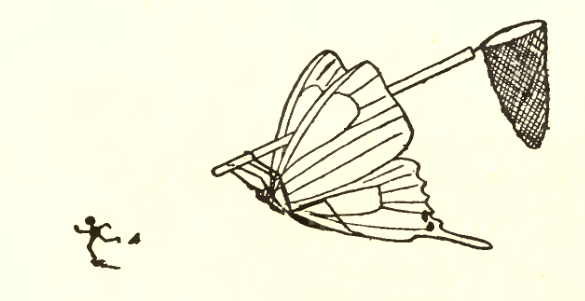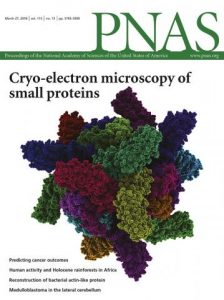 Before we present this week’s Weekend Reads, a question: Do you enjoy our weekly roundup? If so, would you consider a tax-deductible donation of $25, or a recurring donation of an amount of your choosing, to support it? Thanks in advance.
Before we present this week’s Weekend Reads, a question: Do you enjoy our weekly roundup? If so, would you consider a tax-deductible donation of $25, or a recurring donation of an amount of your choosing, to support it? Thanks in advance.
The week at Retraction Watch featured a major case of misconduct at The Ohio State University, the retraction of a much-criticized paper claiming to show “off-target” mutations when using CRISPR, and how fallout from a stem cell scandal ensnared a Nobel Prize winner. Here’s what was happening elsewhere: Continue reading Weekend reads: “Weaponized transparency;” fighting academic spam with humor; NIH cracks down


 Nature Methods has retracted a
Nature Methods has retracted a 




